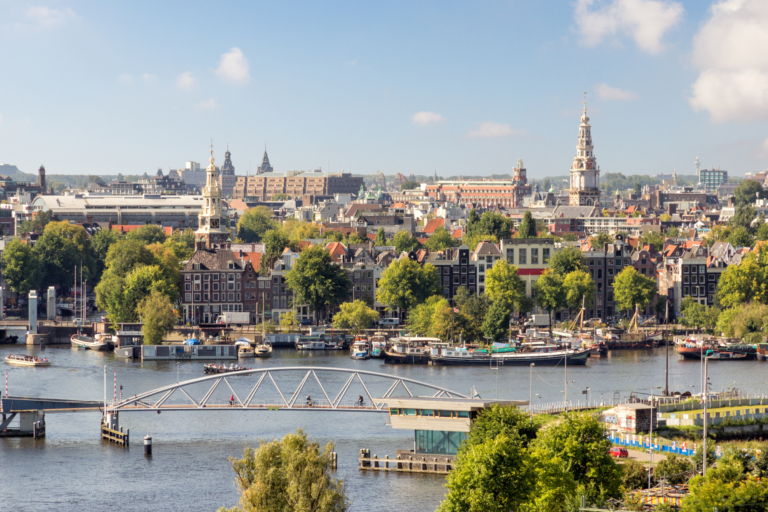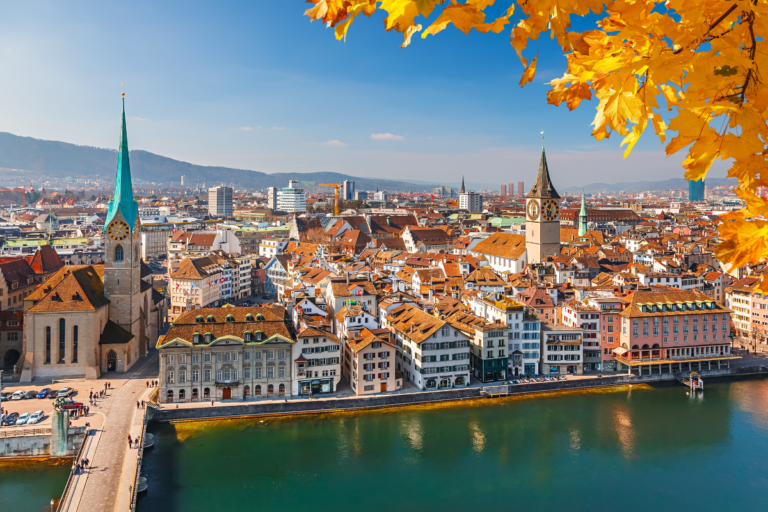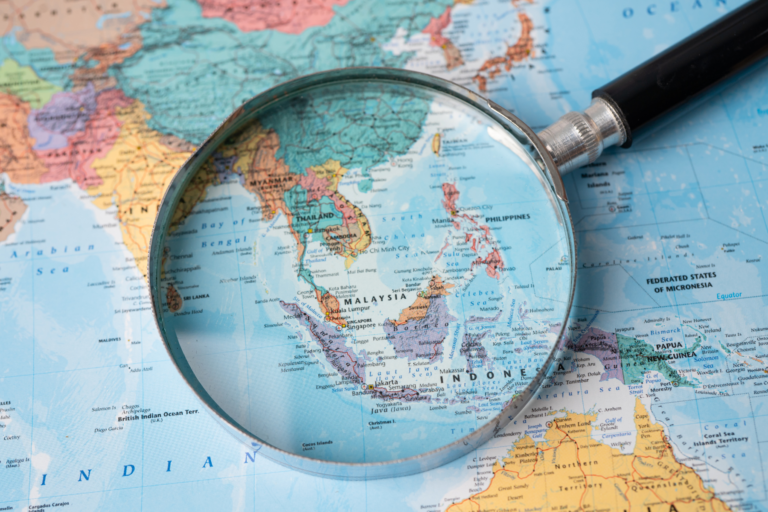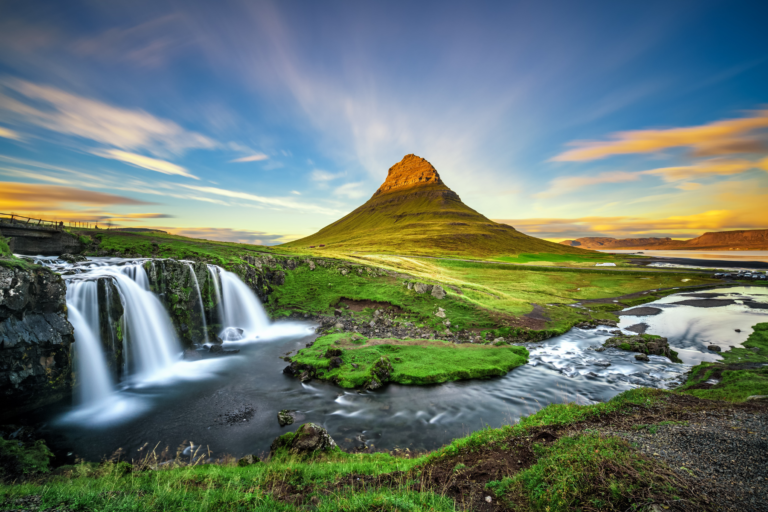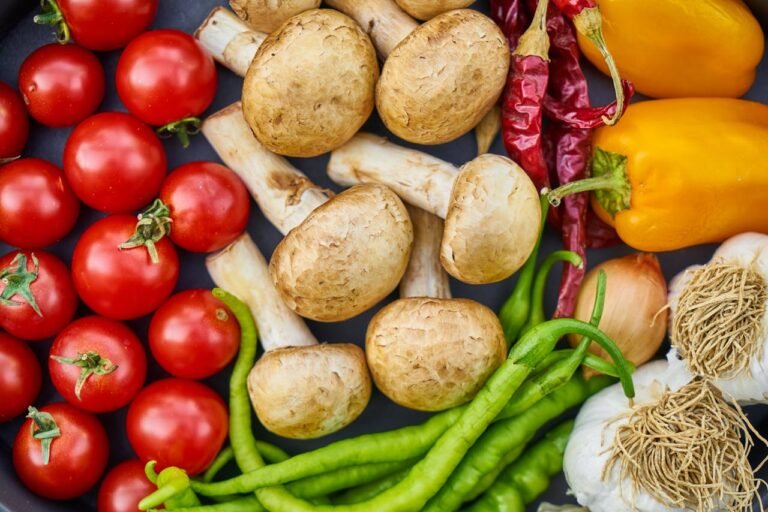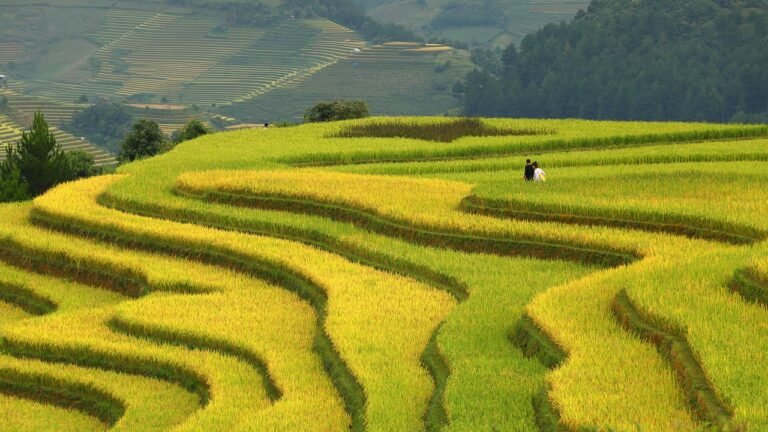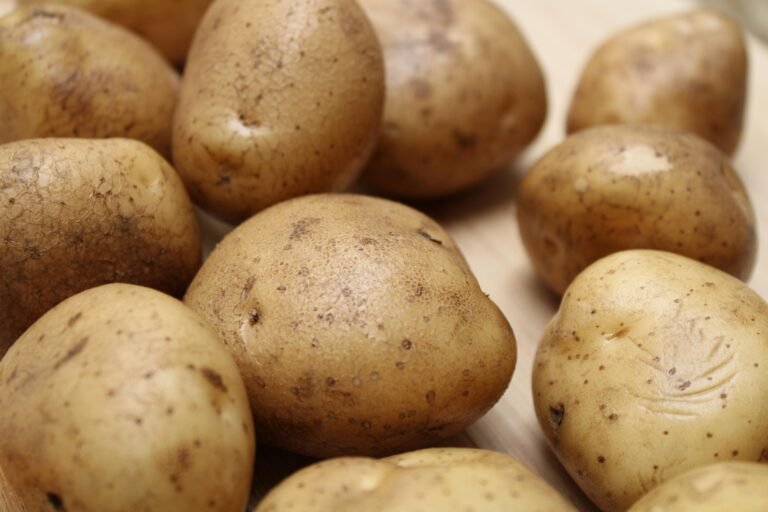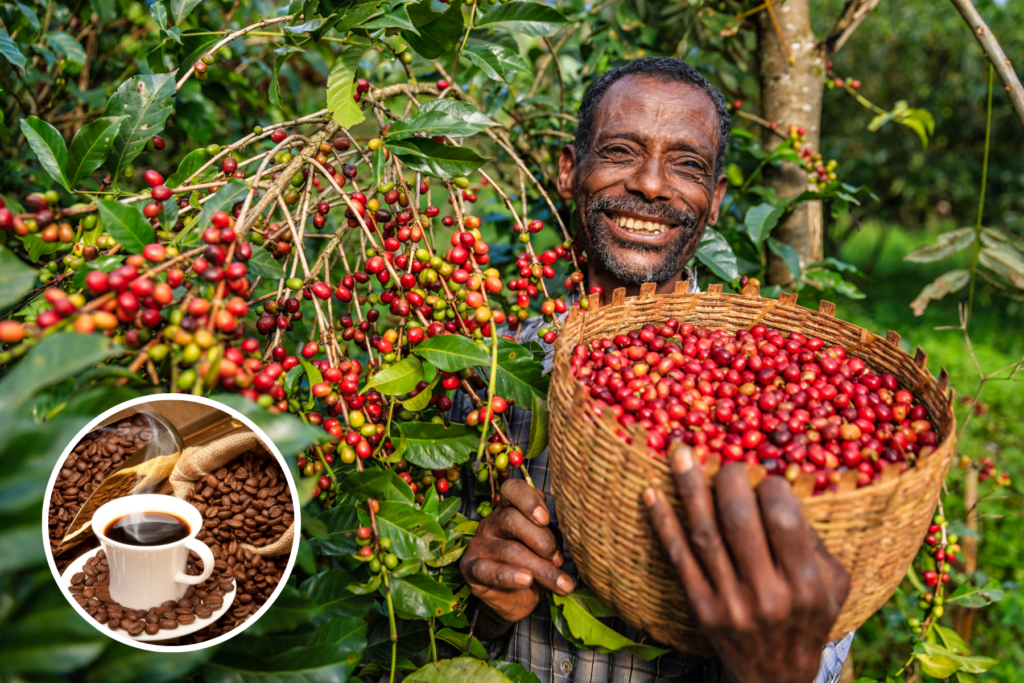
Coffee is a global language, one that fuels our mornings, connects people across continents, and is at the heart of a multi-billion dollar industry. Whether you’re sipping an espresso in a bustling city or enjoying a rich pour-over at home, the journey of that coffee began in some of the most diverse and captivating regions of the world.
In this article, I’m excited to take you through the top 10 coffee-producing countries in the world. These nations not only lead in production but also showcase the incredible variety of flavors, farming practices, and traditions that shape the global coffee industry. From the vast plantations of Brazil to the high-altitude farms of Ethiopia, each country’s story is as rich as the beans they grow.
Whether you’re a casual coffee drinker or a passionate connoisseur, understanding where your coffee comes from deepens the appreciation for every cup. Let’s dive in and explore the origins, strengths, and unique contributions of the world’s top coffee producers.
10. Uganda
Uganda ranks tenth in global coffee production, producing around 288,000 metric tons annually, accounting for about 2.1% of the world’s coffee market. Uganda is known for producing both Arabica and Robusta coffee, with the latter being a significant contributor to its economy. The country’s unique geography, with its high altitudes and fertile soil, gives its coffee a distinct character. Ugandan coffee often has a bright acidity, floral notes, and a rich, earthy flavor. The country’s coffee industry is growing, with more farmers adopting sustainable and organic farming practices to improve the quality and global appeal of their beans.
Related post: Top 10 Most Consumed Vegetables in the World
9. Guatemala
Guatemala, producing approximately 334,000 metric tons annually and holding a 2.5% share of the global market, is renowned for its high-quality Arabica beans. The country’s high-altitude coffee farms, combined with its volcanic soil and diverse microclimates, create ideal growing conditions for producing rich, full-bodied coffee. Guatemalan coffee is often described as having chocolatey, nutty notes with a bright acidity, making it a favorite among specialty coffee enthusiasts worldwide.
8. India
India, known for its diverse agricultural output, ranks eighth with an annual production of about 342,000 metric tons, representing 3.4% of the global coffee market. India’s coffee production is concentrated in the southern states of Karnataka, Kerala, and Tamil Nadu, where coffee is often grown alongside spices like cardamom and pepper. This unique cultivation method gives Indian coffee a distinct, earthy flavor with subtle spice notes. While India primarily produces Robusta, its specialty Arabica beans have gained recognition for their smooth, balanced taste and low acidity, making them popular in blends and espresso.
7. Peru
Peru, with its diverse geography, comes in seventh, producing around 346,000 metric tons annually and holding a 3.5% market share. Peru is a leader in organic and fair-trade coffee, with its high-altitude farms producing some of the best Arabica beans in the world. The country’s mountainous terrain and varied climates allow for diverse flavor profiles, ranging from bright, citrusy notes to smooth, chocolatey undertones. Peruvian coffee is often described as mild and well-balanced, making it a favorite for those who prefer a lighter, more nuanced brew.
6. Ethiopia
Ethiopia holds the sixth spot with an annual production of about 441,000 metric tons, contributing to 4% of the global coffee market. Ethiopia is considered the birthplace of coffee, with a rich history that dates back centuries. The country’s diverse regions produce a wide variety of Arabica beans, each with its own unique flavor profile. Ethiopian coffee is known for its fruity and floral notes, bright acidity, and complex flavors. Whether it’s the berry-like sweetness of Sidamo or the floral elegance of Yirgacheffe, Ethiopian coffee is a favorite among those who appreciate depth and variety in their cup.
5. Honduras
Honduras secures the fifth position, producing approximately 475,000 metric tons annually, which accounts for 4.6% of the world’s coffee. Honduras has become one of the top coffee producers in the world, thanks to its ideal growing conditions and focus on improving the quality of its beans. The country’s coffee is known for its medium to full body, bright acidity, and notes of tropical fruit, caramel, and chocolate. Honduras is steadily gaining recognition for its specialty coffee, with its beans often winning awards at international competitions.
4. Indonesia
Indonesia, an archipelago with diverse climates, takes the fourth spot with an annual production of about 760,000 metric tons, making up 7.1% of the global coffee market. Indonesia’s coffee is as diverse as its islands. The country is known for its earthy, bold flavors, particularly from regions like Sumatra, Java, and Sulawesi. While Indonesia produces a significant amount of Robusta coffee, its specialty Arabica beans are prized for their full-bodied, low-acid profiles. Indonesian coffee often has rich, chocolatey undertones with hints of spice, making it a popular choice for dark roast lovers.
Suggested Post: 101 Best Geography Trivia Quiz Questions And Answers
3. Colombia
Colombia ranks third with an annual production of about 858,000 metric tons, representing 8.4% of the global market. Colombia is world-renowned for its high-quality Arabica beans, thanks to its perfect growing conditions of high altitudes and a mild climate. Colombian coffee is known for its balanced flavor, medium body, and bright acidity, with notes of citrus, chocolate, and caramel. The country’s dedication to quality and sustainability has made Colombian coffee a staple in homes and cafes worldwide, and its reputation as one of the best coffee producers remains strong.
2. Vietnam
Vietnam is the second largest coffee producer globally, with an impressive annual production of about 1,740,000 metric tons, contributing to 17.1% of the world’s coffee supply. The country’s coffee production skyrocketed in the 1990s, and today, Vietnam is a key player in the global coffee market. Vietnamese coffee is known for its strong, bold flavor with low acidity and chocolatey undertones. The country’s unique brewing methods, such as iced coffee with sweetened condensed milk, have also gained popularity around the world.
1. Brazil
Brazil tops the list with an astounding annual production of about 3,558,000 metric tons, which accounts for a significant 37.4% of the global coffee market. Brazil has been the largest coffee producer for over 150 years. Its vast plantations and favorable climate allow Brazil to produce both Arabica and Robusta beans. Brazilian coffee is known for its smooth, nutty flavor, medium body, and low acidity, making it a versatile choice for blends and single-origin brews alike. The country’s scale of production, combined with innovative farming techniques, ensures Brazil’s position at the top of the coffee world.
Final Thoughts
The top ten coffee-producing countries play a crucial role in shaping the global coffee landscape. Each country, with its unique climate, geography, and cultural practices, contributes distinct flavors and qualities to the coffee we enjoy. From the birthplace of coffee in Ethiopia to the vast plantations of Brazil, these nations not only supply the world with coffee but also enrich our coffee culture with their traditions and innovations.
So next time you take a sip of your favorite brew, take a moment to appreciate the journey it took to get to your cup. From the fields to the roasting process, and finally into your hands, coffee connects us to different parts of the world in a way that few other products do.

